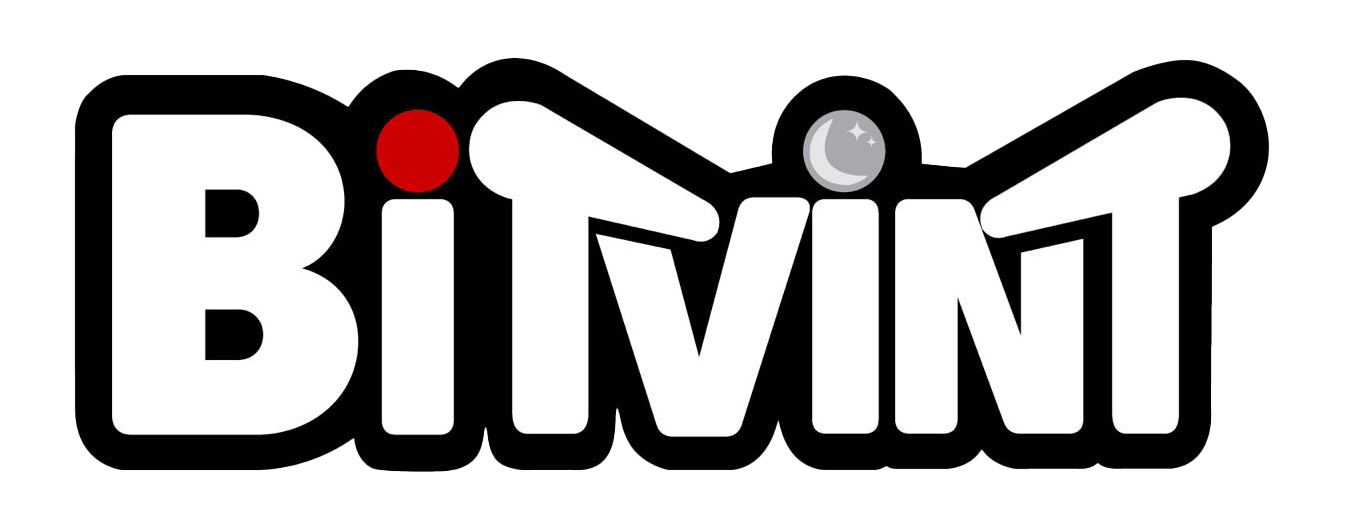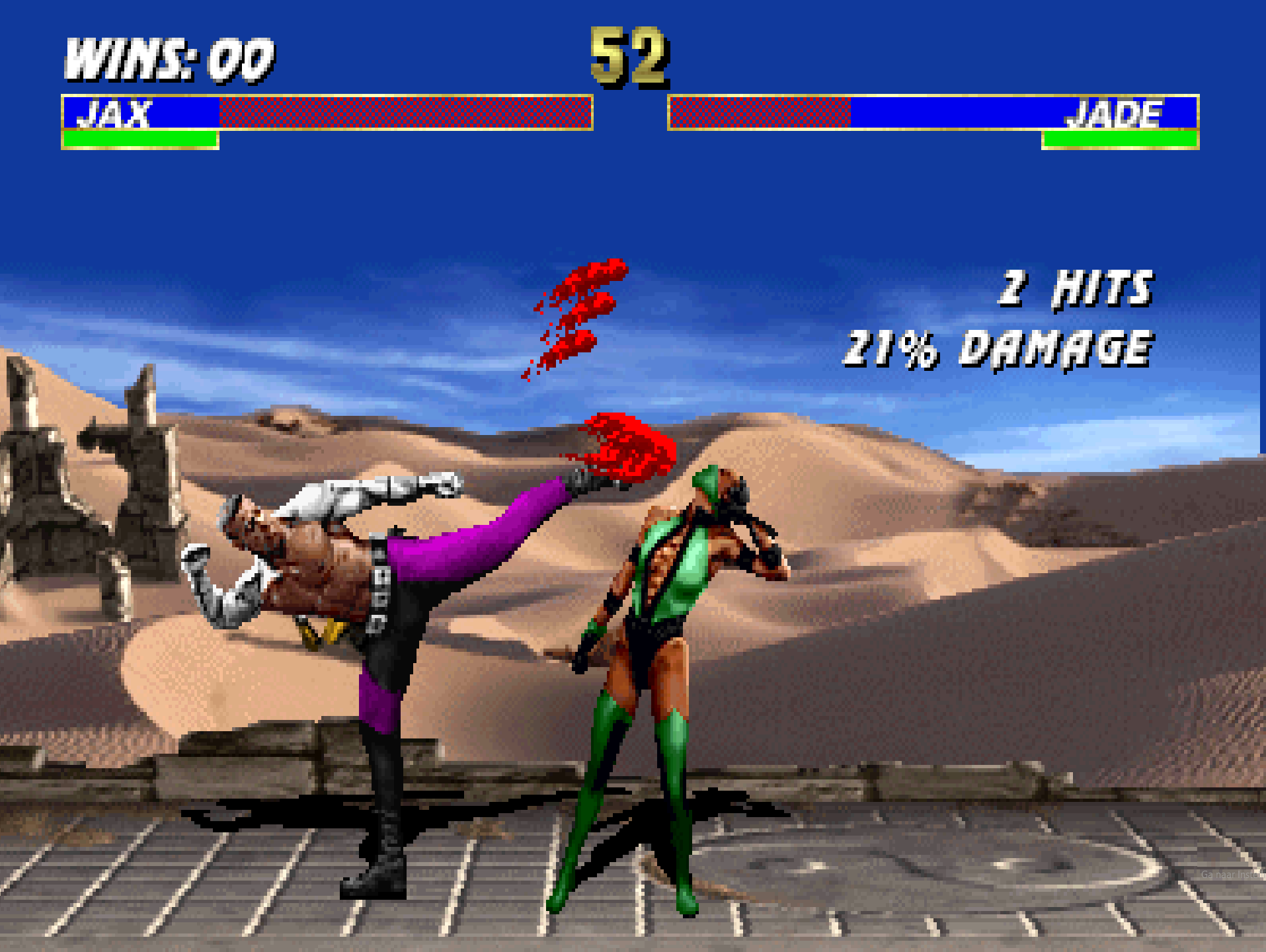Introduction
When Mortal Kombat exploded onto arcade screens in 1992, it didn’t just enter the fighting game arena—it drop-kicked the genre into controversy, pop culture fame, and lasting legacy. This article covers the complete history of Mortal Kombat in the arcade, from its unlikely creation to its lasting impact on the video game industry, culture, and even government regulation.

Origins: How Mortal Kombat Was Born
The early 1990s marked the height of arcade popularity, especially with the success of Capcom’s Street Fighter II. But at Midway Games in Chicago, Ed Boon and John Tobias had a different vision. They didn’t want to simply follow in Capcom’s footsteps—they wanted to forge their own bloody path.
“When we looked at Street Fighter, it was more so what not to do. We weren’t looking at replicating Street Fighter. It was more, how do we do our own style of fighting game?” – John Tobias, Designer Mortal Kombat, High Score (Netflix, Episode 5)
Tobias, a comic book artist and kung fu movie lover, wanted to break from the cartoony, hand-drawn visuals of Street Fighter. Instead, the team embraced digitized graphics—photorealistic sprites based on real actors filmed against a blue screen.
“Their stuff was hand-drawn and cartoony. Ours is gonna be digitized and realistic.” – John Tobias
Development began under intense time pressure.
“I remember them asking us if we could get the game done in 6 months or something ridiculous like that. And Ed and I were so young that we thought, yeah we can do that.” – John Tobias
Despite the rushed timeline, Boon and Tobias saw this as a chance to create something entirely their own.
“I remember thinking with Mortal Kombat this was an opportunity for me to throw everything that had inspired me growing up into this game because no one was telling us how to do games back then and this is what we wanted to do.” – John Tobias
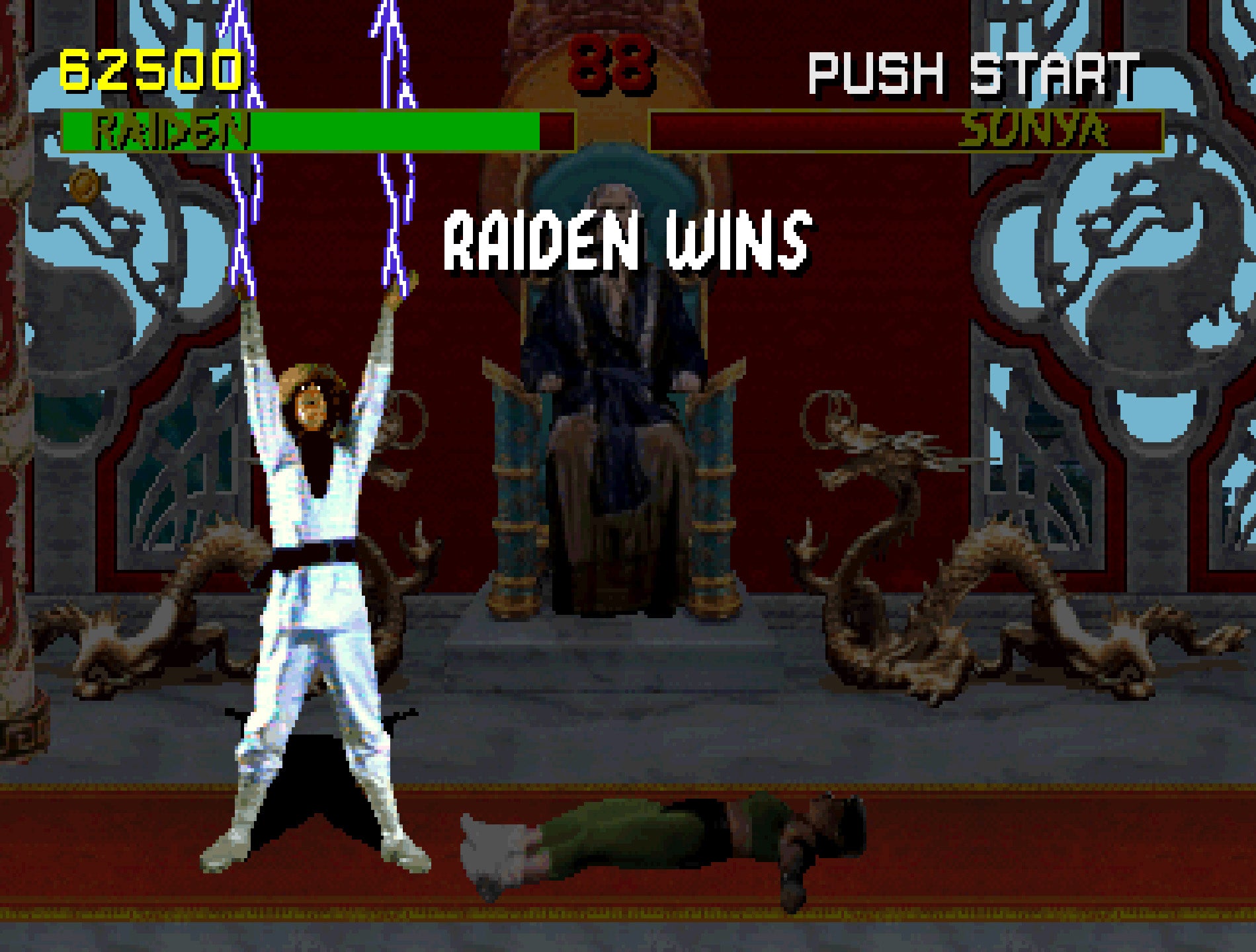
Gameplay Innovation: Fatalities and the Fight System
The gameplay of Mortal Kombat set it apart instantly. In addition to its darker tone and brutal combat, the game introduced the now-infamous Fatality system—a feature that would define the series and scandalize politicians.
“We wanted to draw a reaction out of the player, and anything that we could do to get the player to react positively we thought was a good thing.” – John Tobias
One of the most significant shifts came when Boon and Tobias reimagined the “dizzy” state from other fighting games:
“Other fighting games had this thing where you would get dizzy... We hated the idea of being the guy who’s dizzy, but it was great to be the guy who was walking up to go beat the crap out of him, so we moved that to the end of the fight... At one point somebody suggested, ‘let’s make it gruesome.’ And everything just kind of built on that.” – Ed Boon, Game Designer Mortal Kombat, The Ultimate History of Video Games
The mystery around Fatalities also heightened the game’s appeal:
“Not knowing what the fatalities exactly were, built a scare quality for the player.” – John Tobias
Mortal Kombat’s simple button layout, unique uppercut system, and memorable sound design added to the depth. While it was approachable for newcomers, expert players could master combo timings and Fatality inputs that turned matches into brutal exhibitions.
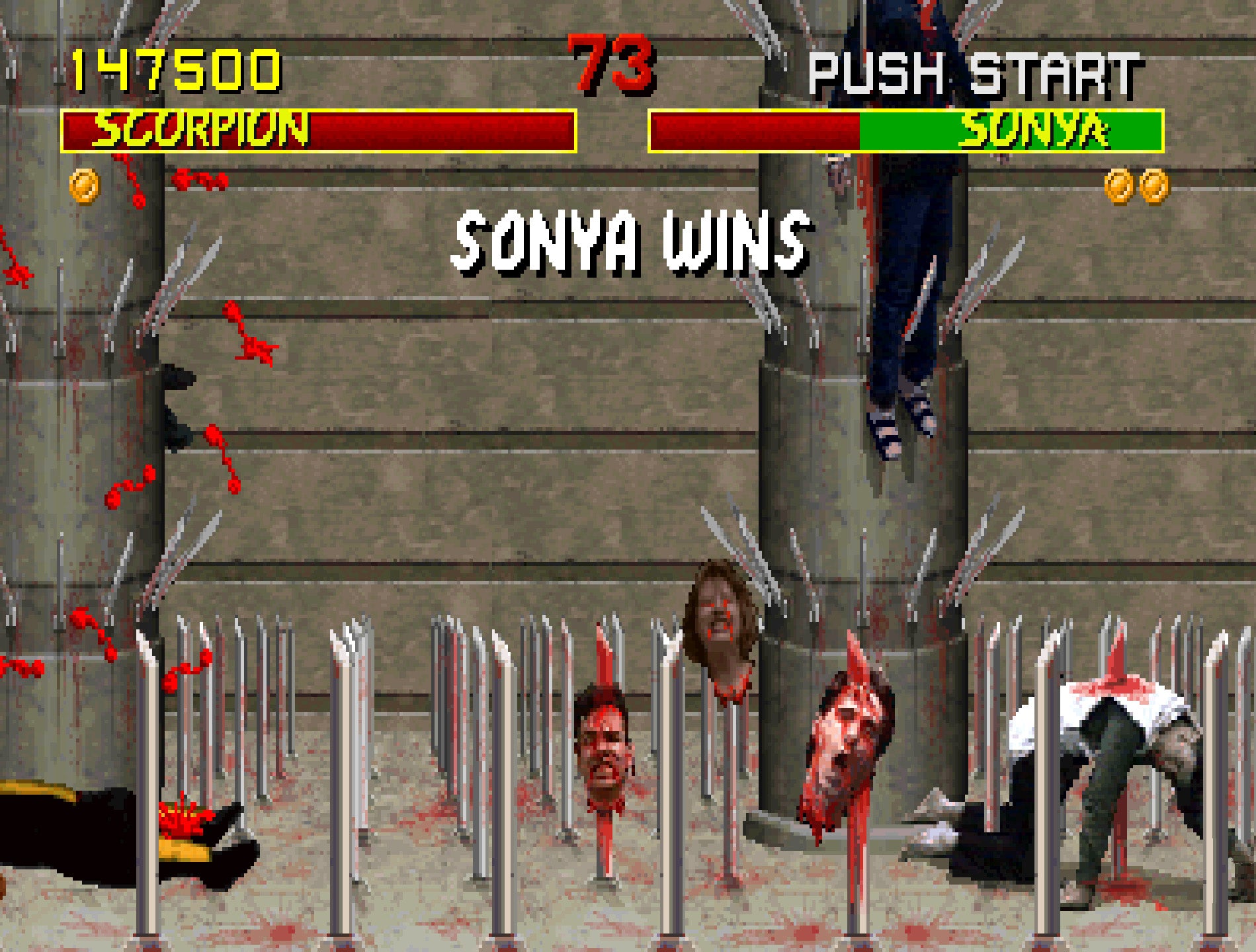
Mortal Kombat (1992): A New Challenger Appears
Even before the congressional hearings, mainstream media picked up on the game's explicit violence. A 1993 New York Times article described it as featuring “bare-handedly ripping out a still beating heart” and warned that while teens may be able to distinguish fantasy from reality, younger children could be more susceptible to its imagery.
Released in October 1992, Mortal Kombat introduced players to a roster of seven fighters, each with their own backstories and special moves:
- Liu Kang
- Johnny Cage
- Sonya Blade
- Kano
- Raiden
- Scorpion
- Sub-Zero
The final boss, Shang Tsung, was a sorcerer who could morph into any other character.
The game’s digitized realism, blood effects, and gruesome fatalities made it an instant hit—but also brought unwanted attention.
“It was very violent and... rewarded violence. And at the end, if you did really well, you’d get to decide whether to decapitate... how to pull his head off. And there was all sorts of blood flying around.” – Senator Joseph Lieberman, The Ultimate History of Video Games
The game’s release sparked widespread public outcry and congressional hearings, making Mortal Kombat the poster child of video game violence.
“Mortal Kombat... with its fatalities mechanic attracted unwanted attention all the way up to Congress.” – Jamie Lendino, Author, Attract Mode
“We didn’t see what would ultimately become the controversy with Mortal Kombat coming... it was all so fantastical that we didn’t anticipate it would bother parents as much as it did.” – John Tobias
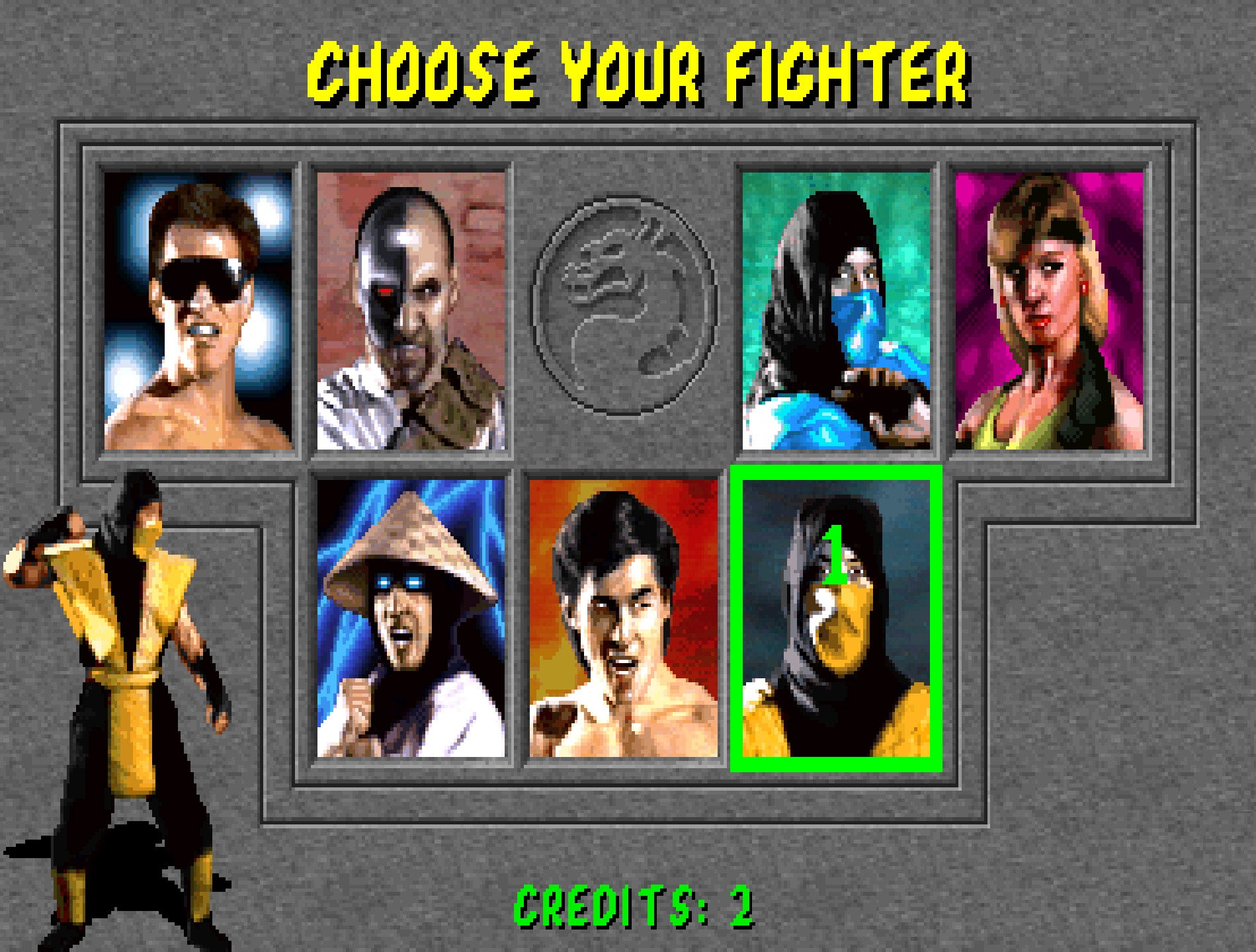
Mortal Kombat II (1993): Bigger, Bloodier, Better
The sequel expanded on everything that made the original a success:
- New characters: Kitana, Mileena, Jax, Baraka, Kung Lao, and others
- Refined gameplay: Better balance, more fluid controls
- Secret characters: Smoke, Jade, Noob Saibot
Mortal Kombat II also added stage Fatalities, multiple finishing moves, and increased depth for competitive players. It became a staple in arcades across the U.S., often drawing lines of players eager to master every new Fatality.
Critically acclaimed for its speed and variety, MKII saw tremendous commercial success and reinforced the series’ dominance. It also sparked a wave of imitators—many studios rushed to create their own gory digitized fighting games.
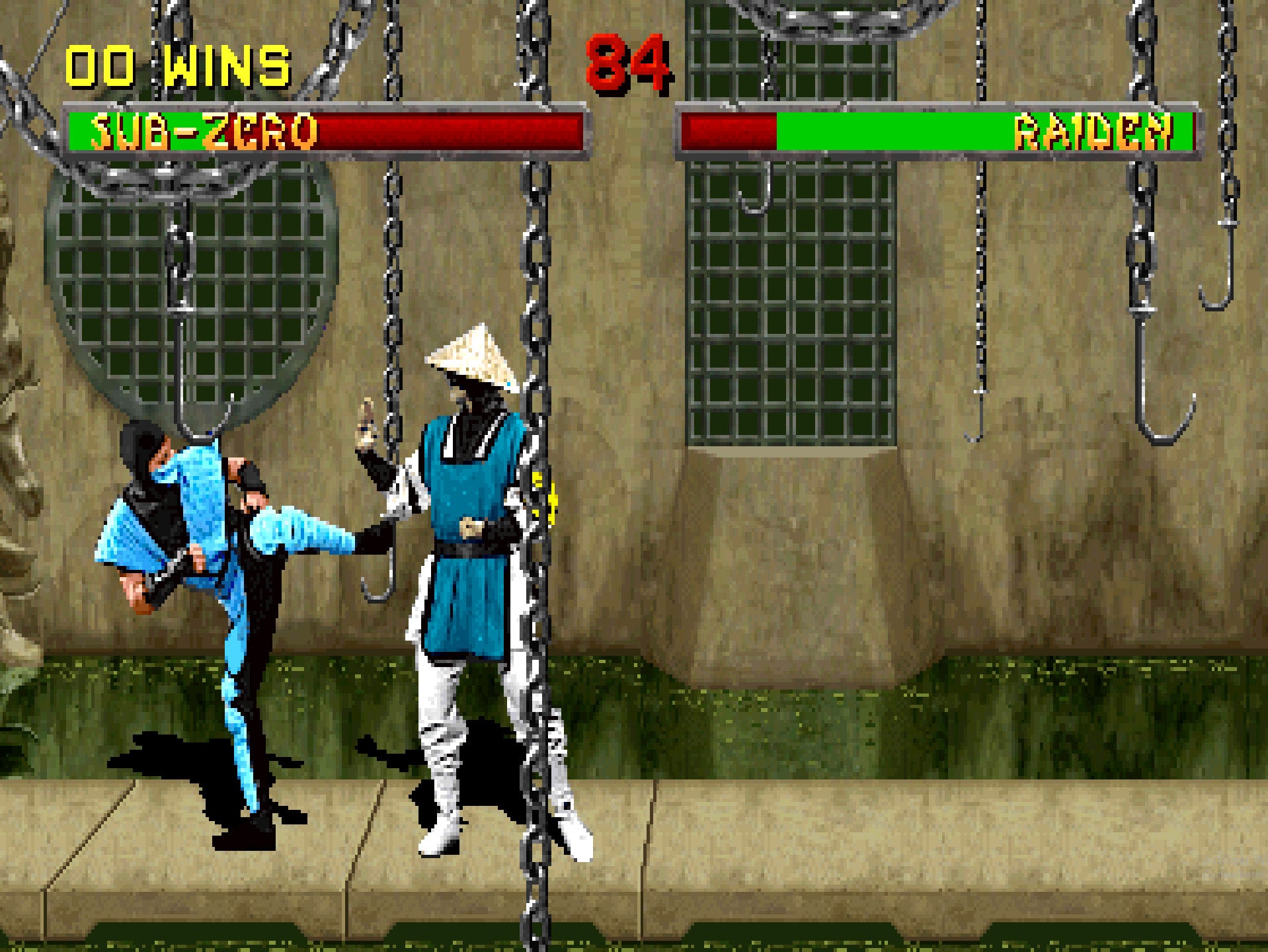
Mortal Kombat 3 (1995): New Mechanics and a Bold Direction
Mortal Kombat 3 introduced significant gameplay shifts, including the Run button, faster tempo, and multi-hit kombos that emphasized aggressive offense. It also expanded the move sets, added a new combo system, and introduced a revamped user interface. New characters such as Cyrax, Sektor, Nightwolf, Kabal, and Sindel brought fresh styles and strategies to the roster.
Visually, MK3 stepped away from the series' traditional Eastern mysticism, opting instead for a gritty, urban setting filled with subway stations, cityscapes, and industrial backdrops. This new aesthetic was divisive—some players welcomed the shift, while others longed for the mythological tone of the first two games.
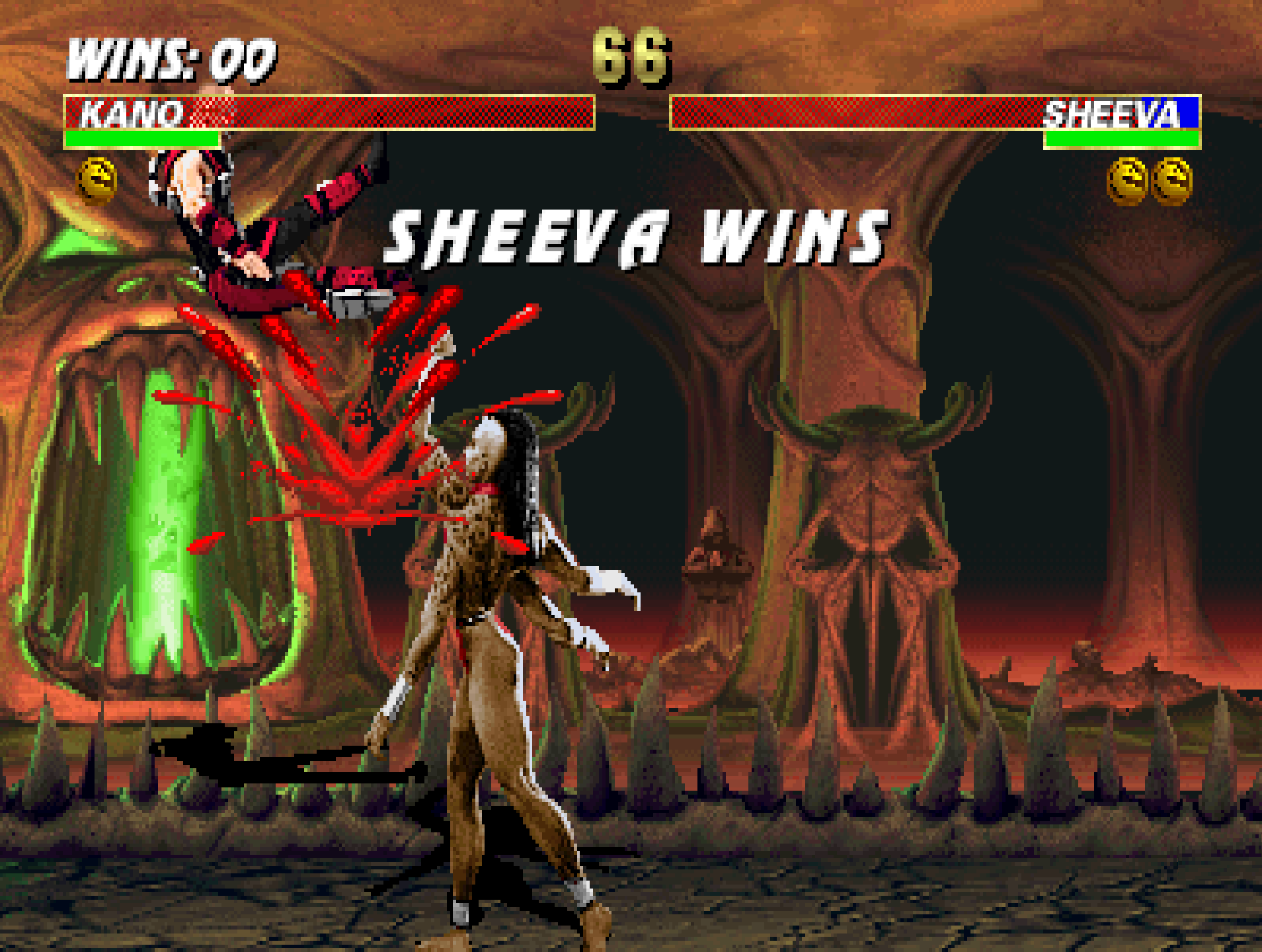
Ultimate Mortal Kombat 3 (1995): Fan Favorites Return
Ultimate Mortal Kombat 3 built upon MK3’s foundation by restoring fan-favorite characters like Scorpion, Kitana, and Reptile. It also added hidden fighters such as Ermac, Smoke, and Mileena, drastically expanding the roster.
Gameplay improvements included better character balancing, faster matches, and the addition of signature features like Brutalities, Animalities, and Mercy. These finishing move variants amplified the series’ trademark flair and absurdity.
UMK3 was better received than its predecessor and became a tournament favorite in the arcade scene. It remains a standout entry among classic fighting game fans and helped solidify the competitive identity of Mortal Kombat in arcades.
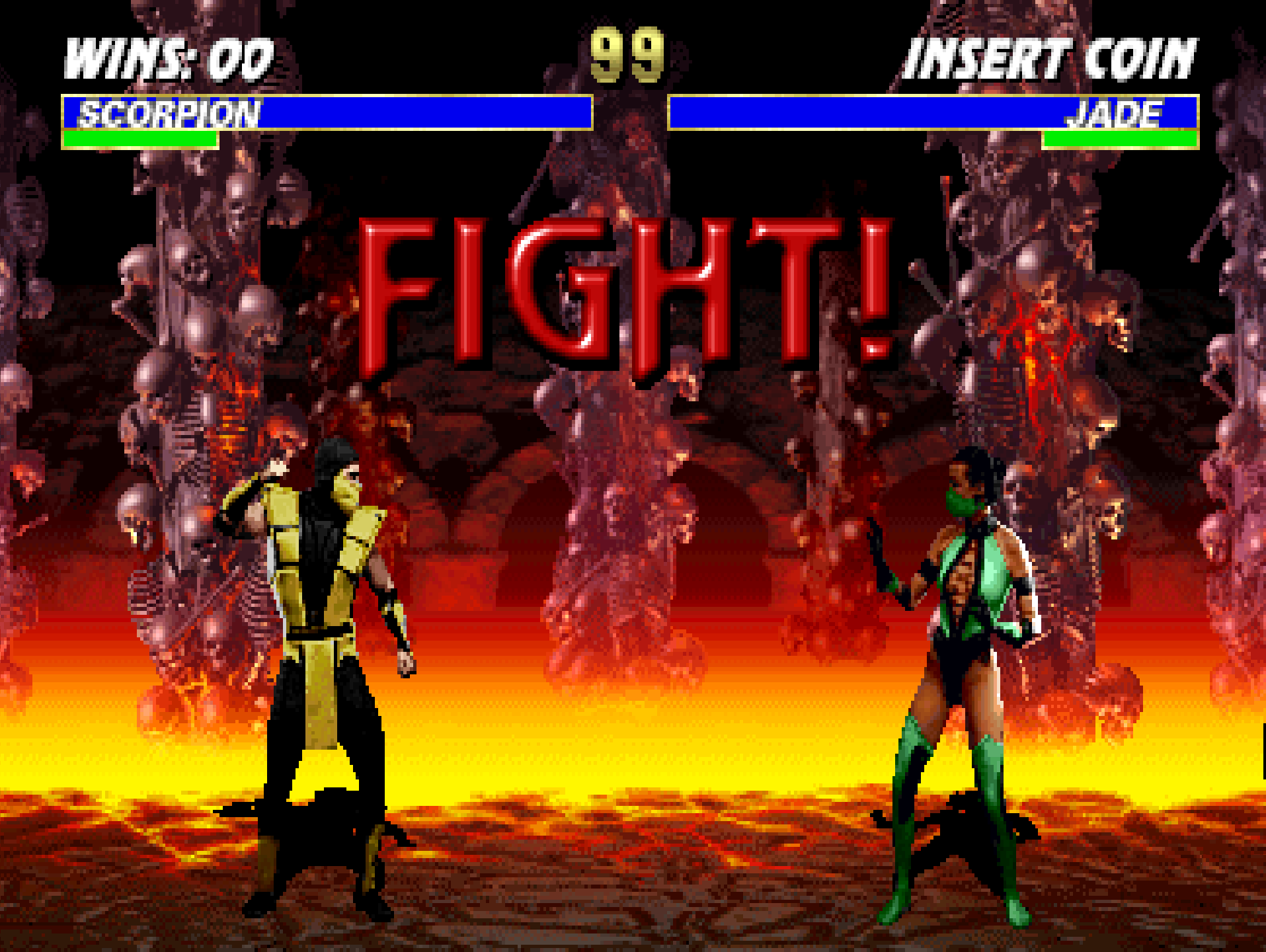
Mortal Kombat 4 (1997): The 3D Transition
With Mortal Kombat 4, the series made the leap to polygonal 3D graphics using Midway’s Zeus arcade hardware. While maintaining the core mechanics, MK4 introduced new innovations:
- Interactive weapons that could be picked up and thrown
- Real-time 3D movement (sidestepping)
- New characters like Quan Chi, Reiko, and Tanya
The transition wasn’t seamless. Although praised for technical ambition, MK4 was seen by some fans as lacking the polish and personality of its 2D predecessors. Critics noted that the digitized actor aesthetic—once a selling point—didn’t translate well into early 3D models.
Still, MK4 was a commercial success in arcades and served as a bridge to home console innovations that would shape the franchise’s next phase.
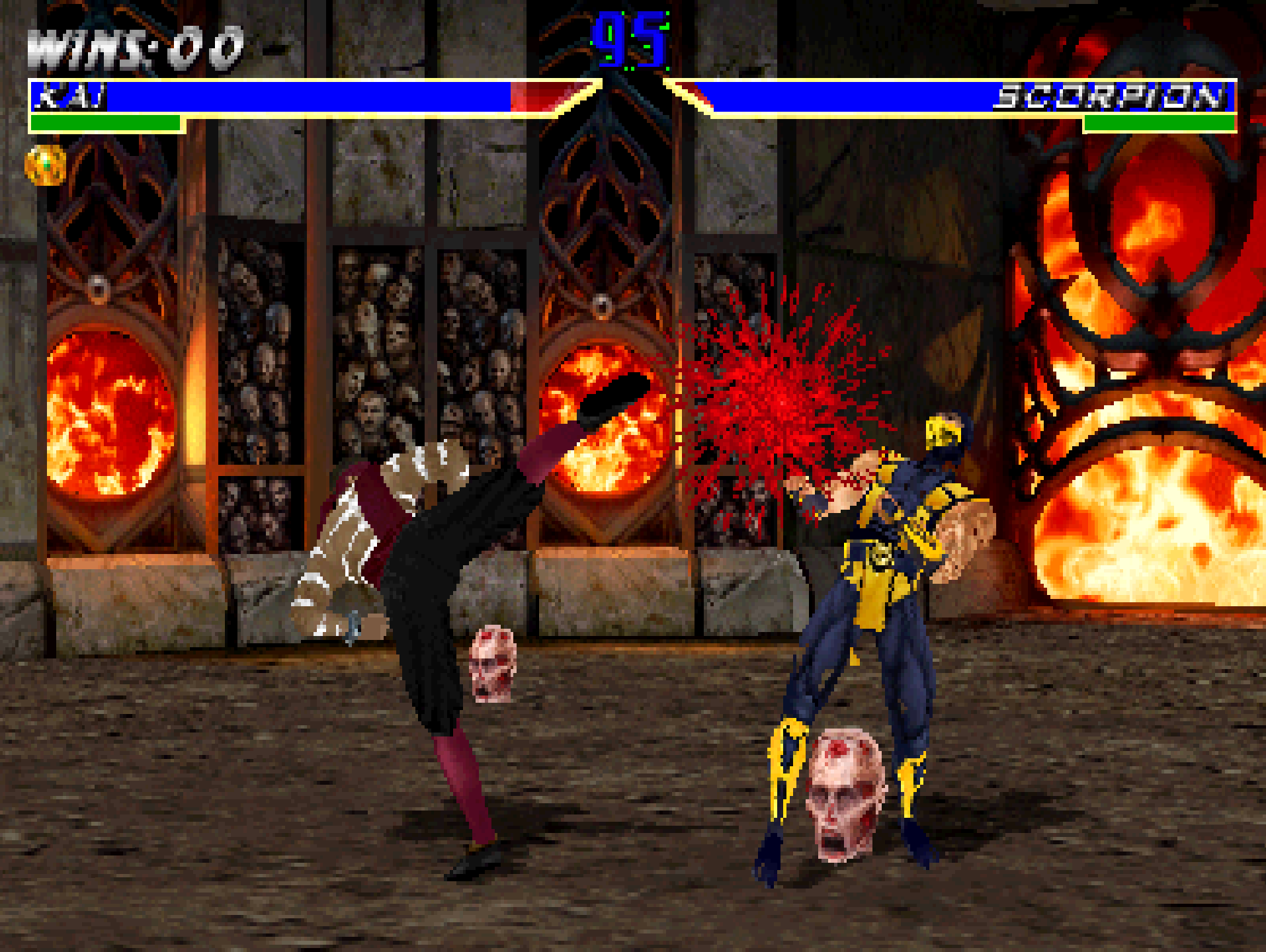
Cultural Impact: Controversy, Legacy, and Fame
When Mortal Kombat was ported to home consoles in 1993, it triggered a frenzy among teenagers. On what became known as “Mortal Monday,” eager fans lined up to buy the game, with some reporting they spent entire vacation budgets on the arcade version. According to the New York Times, Acclaim received over 70,000 calls requesting copies in advance, while retailers described it as the largest new release in their history.
The article also noted the game’s split presentation across systems: Sega’s version retained the graphic violence, while Nintendo censored the most explicit content. This divergence only fueled debate—and sales.
From its digitized origins to the Fatality craze, Mortal Kombat didn’t just entertain—it reshaped the industry:
- Entertainment Software Rating Board (ESRB): Public concern over MK and Night Trap led to the creation of a video game rating system in 1994.
- Pop culture icon: MK's theme song from the 1995 movie became a dance hit. “Finish Him!” and “Toasty!” became permanent gaming memes.
- Film adaptations: The 1995 movie was a box office hit. Sequels, animated films, and a 2021 reboot brought MK to new audiences.
- Cross-media dominance: Mortal Kombat spawned comics, action figures, and TV shows, expanding its influence far beyond arcades.
- Tournaments: MK has maintained relevance in the fighting game community (FGC) through events like EVO and Final Kombat.
The series became a rite of passage for young gamers—and a cautionary tale for politicians.
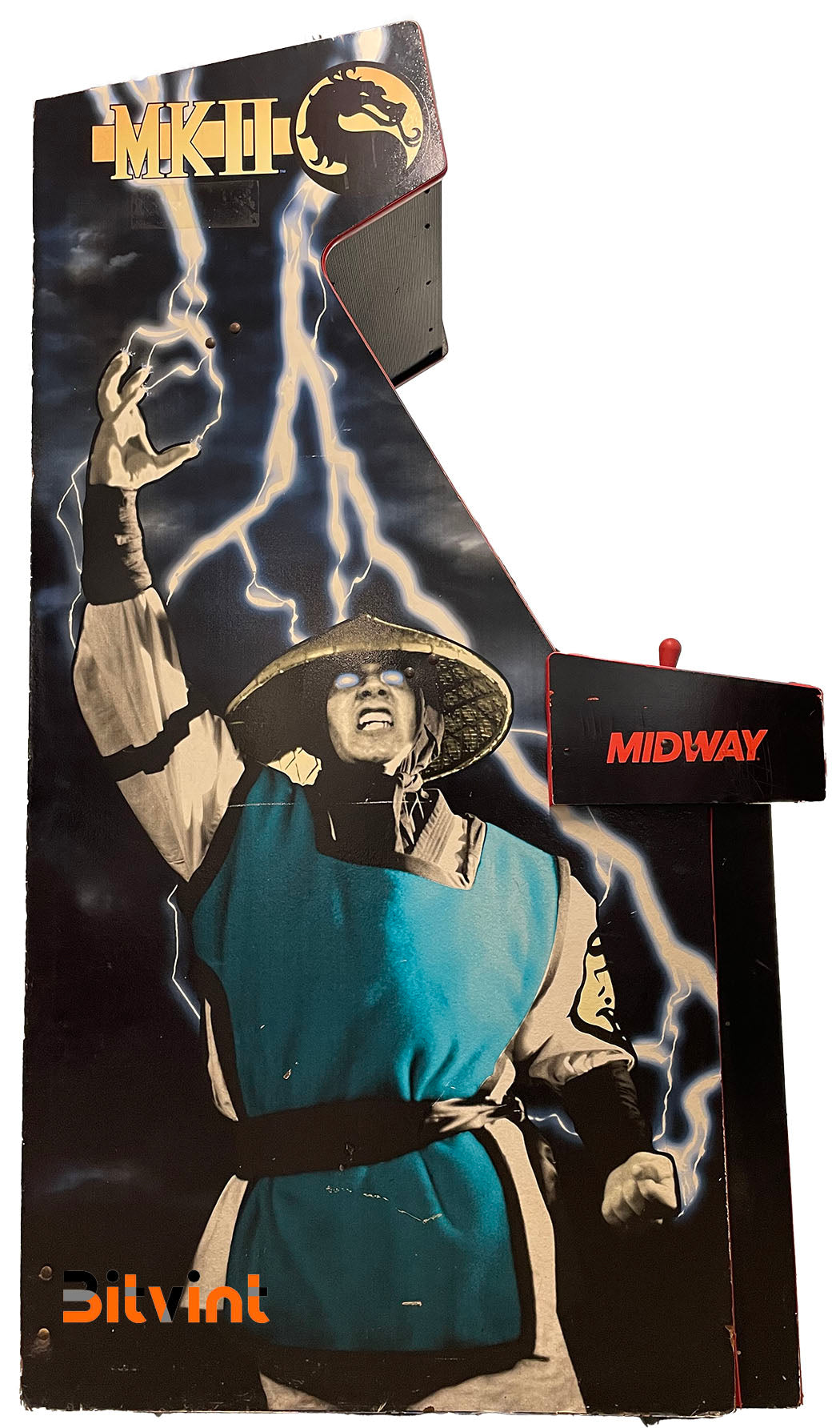
Post-Arcade Era and Modern Legacy
As the arcade market declined, Mortal Kombat pivoted to the home console scene. Starting with Deadly Alliance (2002), the franchise entered a new era of 3D fighting and storytelling.
Key highlights include:
- Deadly Alliance (2002) and Deception (2004): Revamped combat mechanics and a deeper story mode.
- Shaolin Monks (2005): A well-received beat-em-up spin-off.
- Mortal Kombat (2011): A full reboot that returned to 2D-style combat and rebooted the timeline.
- Mortal Kombat X (2015) and Mortal Kombat 11 (2019): Expanded the lore, introduced guest characters (like Terminator and Rambo), and embraced cinematic storytelling.
- Mortal Kombat 1 (2023): A second reboot that refreshes the series with new timelines, visuals, and online competitive focus.
Across platforms and generations, Mortal Kombat has stayed relevant by evolving its gameplay while keeping its ultraviolent roots.
Academic Perspectives on Video Game Violence
The controversy surrounding Mortal Kombat spurred academic and psychological inquiry into the effects of violent video games. Research in the mid-to-late 1990s found that interactive violence could influence aggression levels in players, especially younger ones.
In a 1996 study published in the Journal of Applied Social Psychology, psychologist Mary Ballard found that exposure to games like Mortal Kombat increased hostility and physiological arousal in adolescent males. Around the same time, Craig A. Anderson and Karen E. Dill published findings in the Journal of Personality and Social Psychology showing that violent video games could prime aggressive thoughts and behaviors—suggesting that the realism and interactivity of games played a role in their psychological impact.
While many fans dismissed concerns as overblown, this growing body of academic work helped fuel discussions that led to content regulation and the rise of parental advisory systems in gaming.
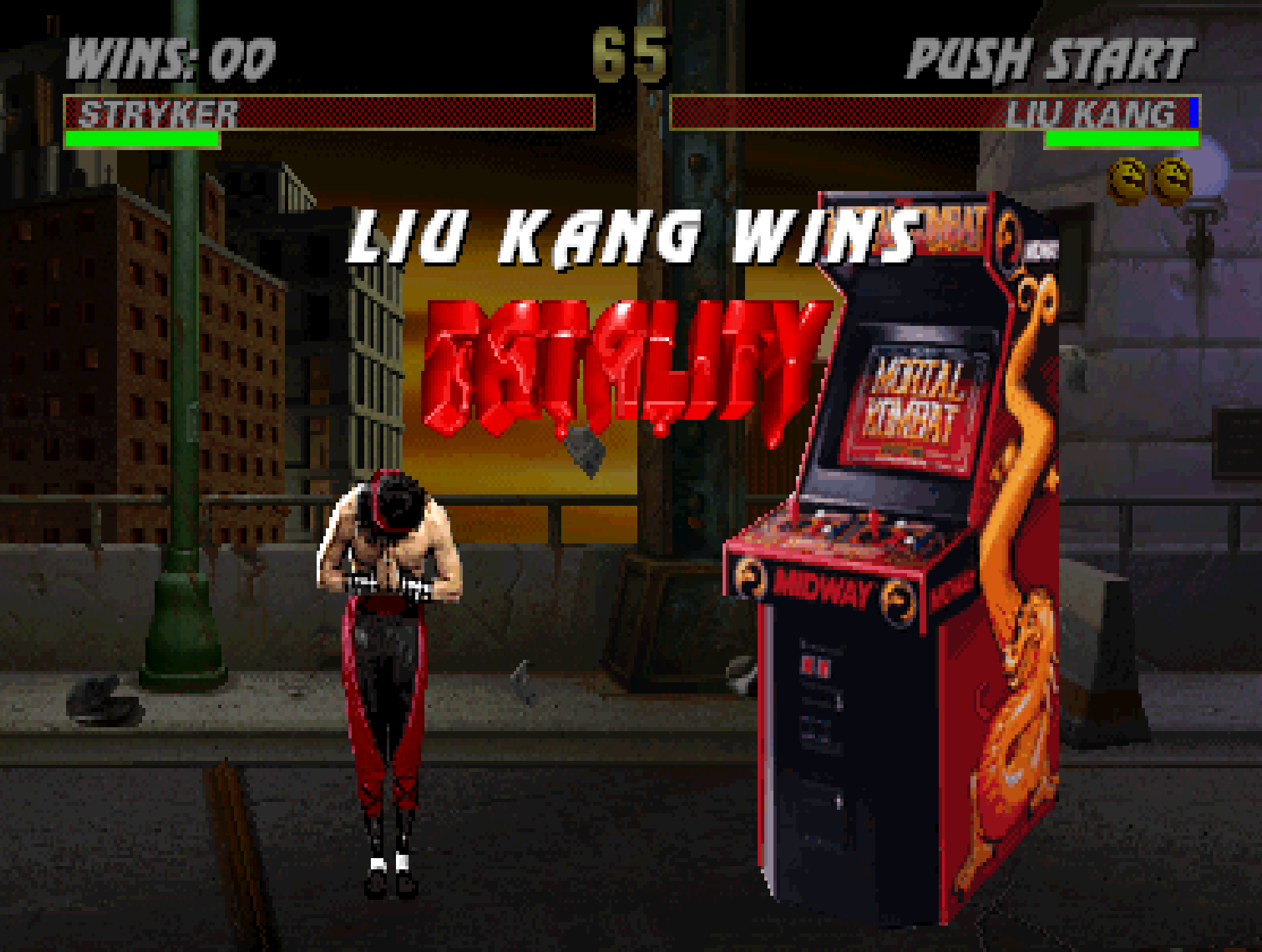
Why Mortal Kombat Still Matters
More than 30 years after its debut, Mortal Kombat remains one of the most important video game franchises of all time. Its arcade legacy is unmatched in:
- Pushing technical and visual boundaries
- Challenging censorship and industry norms
- Creating a cultural touchstone that transcended gaming
Few games have been able to stay controversial, competitive, and beloved for over three decades. Mortal Kombat did so by refusing to play it safe. It became a platform for both artistic freedom and industry regulation. And in doing so, it wrote a bloody, unforgettable chapter in the history of video games.
Sources & Further Reading
- High Score, Episode 5 – Netflix Documentary (2020)
- Kent, Steven L. – The Ultimate History of Video Games, page 464
- Lendino, Jamie – Attract Mode, page 369
- Gruson, Lindsey – “Video Violence: It's Hot! It's Mortal! It's Kombat!” – The New York Times, Sept. 16, 1993
- Ballard, Mary E., et al. – “Mortal Kombat™: The Effects of Violent Videogame Play on Males” – Journal of Applied Social Psychology, 1996
- Anderson, Craig A., and Dill, Karen E. – “Video Games and Aggressive Thoughts, Feelings, and Behavior in the Laboratory and in Life” – Journal of Personality and Social Psychology, 2000
Related Pages
- What Makes an Arcade Game Great? – A deep dive into the design principles behind the most unforgettable cabinets of all time
- Inside the Metal Slug Legacy: The Developers Who Made It a Classic – How a small team at Nazca crafted one of the most iconic run-and-gun series of all time..
- Capcom’s 19XX Series: The Complete History – The vertical shooters that defined a generation of arcade firepower.
- The History of Beat ’Em Up Arcade Games – From Double Dragon to Final Fight, here’s how brawlers ruled the late ’80s.
- The Complete History of Space Shooter Arcade Games – The genre that launched arcades into orbit.
